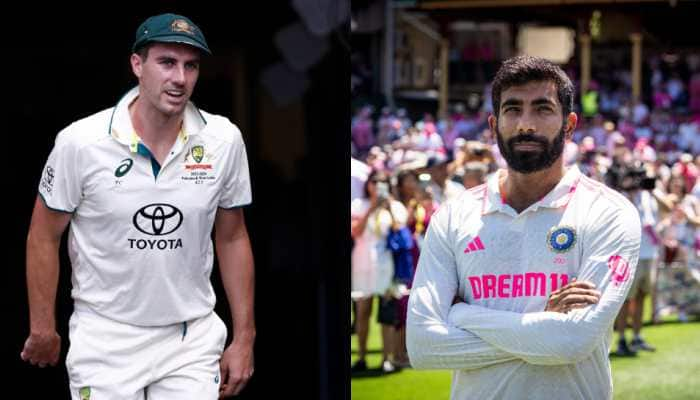Indian folk tales in search of a magic wand
Once upon a time, traditional folk tales from the Panchatantra or, say, stories of Akbar and Birbal used to be hugely popular with Indian children. But ask a kid today about her favourite book, and chances are she will name an Enid Blyton, a Nancy Drew, a Hardy Boy and - even more likely - a Harry Potter.
Trending Photos
)
New Delhi: Once upon a time, traditional folk tales from the Panchatantra or, say, stories of Akbar and Birbal used to be hugely popular with Indian children.
But ask a kid today about her favourite book, and chances are she will name an Enid Blyton, a Nancy Drew, a Hardy Boy and - even more likely - a Harry Potter.
To give an example, the pre-bookings for the seventh edition of the Harry Potter series to be released July 21, is escalating at a rapid rate. The sixth in the series sold a smashing 160,000 copies in India last year.
The story is entirely different for Indian folk tales and other children`s books. A predictable storyline, monotonous illustrations, lots of moral baggage and more importantly sloppy marketing have led to their taking a beating.
"Most children have heard the folk tales before - either from their parents or their grandparents. So there is no attraction to read a folk tale book," said Vandana Bisht, an author based in Delhi.
"Moreover, they don`t find the Indian folk tale books interesting because they are not laid out as interestingly as their foreign counterparts."
Most traditional Indian stories have a rural backdrop or a royal setting. Many have birds, animals, trees and flowers talking and interacting freely with man -far removed from reality and a rather different take on fantasy compared to, for instance, a Harry Potter!
"The main problem I think with these books is that they compromise on the fun factor by attaching too much of moral baggage. Also, kids get bored of seeing the same kings and queens in their royal garb," Bisht said.
Currently working on a book based on Tibet and with elaborate illustrations, Bisht has authored many children`s books like "Avadhi Folktales" and "Princess With The Longest Hair".
Mamang Dai, another writer of children`s books based in Arunachal Pradesh, said that besides lacklustre illustrations, the marketing strategy adopted by publishing houses and agents here is perhaps not good enough to attract more readers.
Agreed Gita Wolf, publisher of Chennai based Tara Publishing House. "The reason why certain things are popular is often not because of their intrinsic merit, but because there is a huge marketing machine behind them. This is increasingly the case.
"This is not to say there is no merit in Harry Potter - on the contrary. But sadly, marketing budgets need to be several times larger than publishing costs - and Indian children`s books do not have pride of place in Indian book shops," Wolf said.
Kynpham Sing Nongkynrih, deputy director of publications of the Northeastern Hill University based in Meghalaya, said there is a need to revamp folk tales to suit the changing tastes of children.
"There should be an element of modernisation along with the mythical element in the folk tales so that children can relate to the stories. There should be contemporary characters with elements of mystical powers. While some things - a part of the essence perhaps - are going to be lost because of this, there will be something gained as well," Nongkynrih said
The author of numerous folk tale books in the local language of Meghalaya, Khasi, he said there was also an urgent need to transform these stories that hardly goes beyond three pages into full-length novels.
Bisht points out yet another reason.
"Children today are looking towards the West in every aspect. Be it in clothes, movies or food. So is the case in books. Moreover, the rural setting or royal background which the Indian storybooks generally deal with is not identified with by the children," said Bisht.
Steering away from this trend, some publishers like Tara Publishing House of Chennai and Katha of Delhi are giving a push to children`s books that are more realistic and have extensive illustrations.
One of the books by Tara, "Trash! On Ragpicker Children and Recycling", for instance, is based on the real life experience of ragpicker children.
It talks about one particular child who runs away from home and ends up as a ragpicker in the city. His trials and tribulations, humorous instances sprinkled with serious ones like child labour, child rights and recycling, earned this book a mention in the Munich-based White Ravens, a selection of international children`s and youth literature.
Bureau report
Stay informed on all the latest news, real-time breaking news updates, and follow all the important headlines in india news and world News on Zee News.
Advertisement
Live Tv
Advertisement







)
)
)
)
)
)
)
)
)
)
